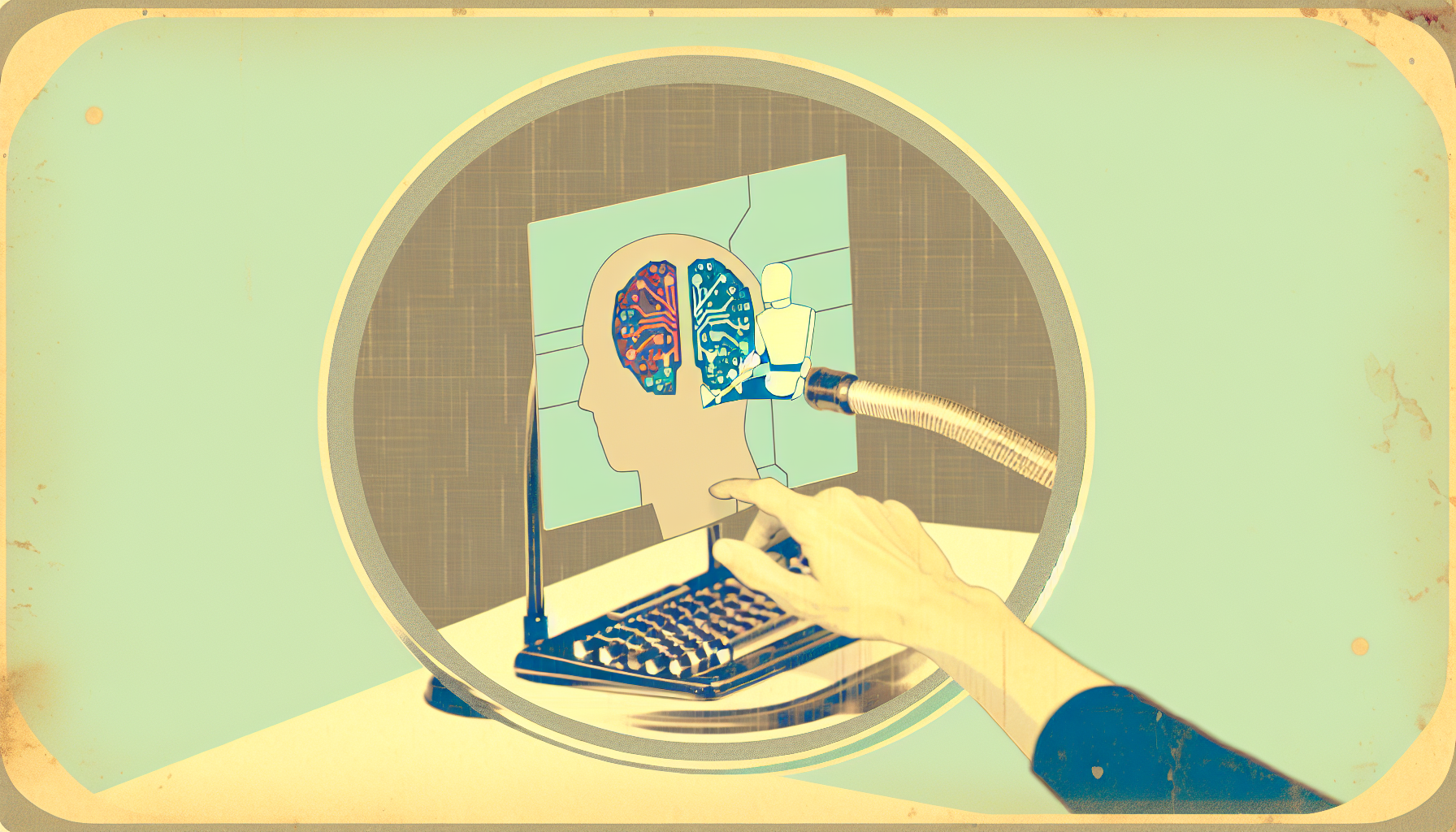AI, especially in its rapid development and integration into our daily lives, has sparked a renewed focus on our cognitive processes. It’s a little like inviting a new roommate into your mind, and then suddenly realizing they might become the life of the party. As we ponder AI’s potential to amplify or erode our thinking capabilities, let’s explore both sides of this digital coin.
The Minting of a Cognitive Supporter
AI, at its best, can serve as a formidable ally in enhancing human cognition. Picture this: you’re getting ready to write the next great novel, but you’re stuck on the first line. AI steps in, offering creative suggestions that spark inspiration. It’s akin to having an unending well of ideas just a click away. With its vast and swift access to information, AI can aid in decision-making, problem-solving, and creative brainstorming.
AI can also improve our memory through software that organizes and retrieves data faster than our brains ever could, which, considering most of us forget where we left our keys half the time, might not be such a bad idea. Digital assistants can remind us about appointments, deadlines, and even that cousin’s birthday we always forget. In this light, AI becomes an extension of our memory, liberating cognitive bandwidth for more complex, abstract thought.
The Risk of Cognitive Atrophy
However, every superhero has its kryptonite—or in this case, our cognitive prowess might face a similar weakness. There’s a genuine worry that reliance on AI can lead to mental laziness. If we’re continually leaning on AI to do the heavy lifting, might our cognitive muscles shrink like those of a retired bodybuilder who’s discovered the joys of doughnuts?
The concern is that by outsourcing mental tasks to AI, we might engage in less deep thinking. It turns into a situation similar to depending on GPS for navigation; you might get to where you’re going quicker, but heaven help you if you ever lose signal in a strange city. Could this outsource lead to underdeveloped critical thinking and problem-solving skills?
In education, for instance, AI tools can solve calculating problems, analyze texts, and even write essays. But as students lean on AI, there’s a risk they might not develop crucial skills for understanding complex materials or solving intricate problems independently. Imagine teaching someone to swim but finding they’ve only learned to float with arm floaties on—an achievement, sure, but not the end goal.
Striking a Balance: Cognitive Coalescence
So, how do we avoid becoming couch potatoes of the mind while still embracing AI’s benefits? The art lies in balance. We can use AI as a tool that doesn’t replace thinking but rather refines it. Like adding seasoning to a robust stew, AI should enhance, not overwhelm, the flavors of our original thoughts.
We must view AI as a collaborator—not a crutch. Take, for instance, chess players who use computer analysis to study games. They aren’t just seeking to win; they’re understanding deeper strategies, learning from their digital counterpart in ways that hone their skills beyond their own initial limitation.
In daily life, we can engage with AI tools to probe new ways of thinking rather than offering us easy answers. We can use it to explore a range of possibilities, then engage our own analytical skills to sift through thoughts critically. Instead of asking, “What is the answer?” we can ponder, “How can I use this new perspective to deepen my understanding?”
The Future of AI and Cognition
Looking to the future, where might this symbiotic relationship between AI and human thought lead us? Potentially to a world where AI doesn’t just perform tasks for us but acts as a catalyst for higher-order thinking. AI could become a partner in our intellectual pursuits, offering insights while encouraging us to push beyond our cognitive comfort zones.
Imagine AI roles in fields like medicine, not only offering diagnostic possibilities but encouraging doctors to consider left-field options they might not have pondered. In research, AI could comb through vast sets of data to highlight patterns and insights that spur further inquiry, sparking a dialogue between human insight and machine logic.
Yet, we cannot afford to be complacent. The task before us is not just integration but education—ensuring people understand AI’s capabilities and limitations. By doing so, we protect against over-reliance and underdevelopment of the human mind.
A Conclusion, Not an End
In this dance between artificial intelligence and human cognition, each step offers both possibility and caution. We can embrace AI’s enhancements while remaining vigilant against cognitive erosion. Like any new tool or technology, the power lies in how thoughtfully we wield it.
So, as we ponder whether AI is enhancing or eroding our thought processes, let us not become too reliant on this digital pen pal. Instead, let it inspire us to new heights of cognitive creativity, while we remember to occasionally step back from the screen and flex those humble cerebral muscles. In the end, the true magic lies not in AI alone, but rather in the blended symphony of technology and thought—a duet that, with the right balance, could harmonize into something truly extraordinary.

Leave a Reply